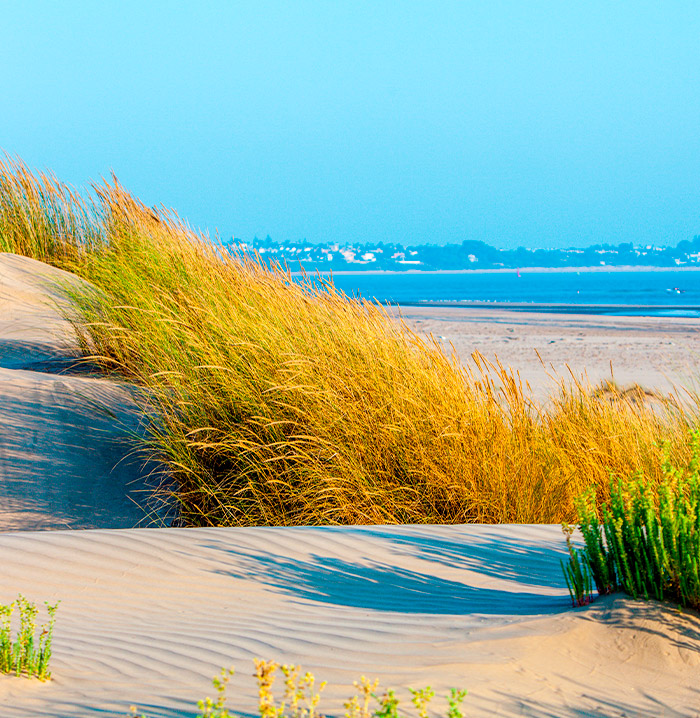For anyone who has visited Kukutana, they will know it is the location within the little-known Doñana National Park that is its real privilege. 54,521 hectares of protected land, home to incredible biodiversity and one of the best places in Europe to see migratory birds.
Guests at Kukutana enjoy an exciting range of privately guided historical, cultural and active excursions to explore their surroundings, including horse riding to nearby El Rocio, carriage rides through ancient woodlands, picnics in the grounds of former royal palaces, daytrips to Seville and sunrise hot air balloon rides over serene Andalusian countryside.
A full-day 4×4 jeep safari into the Doñana National Park is an unmissable experience. After a delicious breakfast of homemade granola, fresh fruit, eggs made to order, freshly-baked bread, local jamón and excellent coffee, pack your camera and binoculars, borrow a traditional straw sunhat from the Kukutana collection, and set off for an off-road adventure. It’s a short drive to the National Park Visitor’s Centre, where your private guide, a local biologist and expert on the region’s flora, fauna and history, will be waiting to take you on a 4×4 safari of the park’s southern loop.
Paved road turns into dirt track, then suddenly you’re cruising along the sands of one of the longest virgin beaches in Europe; protected Atlantic waterfront with views for miles, populated by the odd fishing shack or WW1 pillbox – half-sunken in the sand and left to the ravages of nature – and a chain of 16th Century beacon-towers, used to signal when pirates from the Barbary Coast were invading.
Here you see amazing birdlife: oystercatchers, Sandwich terns diving head-first to fish, sanderlings busy in the surf looking for food and plovers which lay their eggs on the sand in early summer. Dolphins and turtles swim these waters, too; they are rarely sighted from shore, but keep your eyes peeled.
















